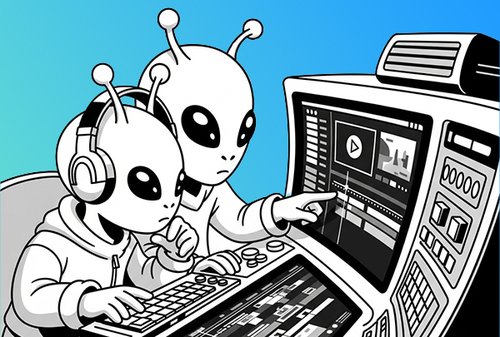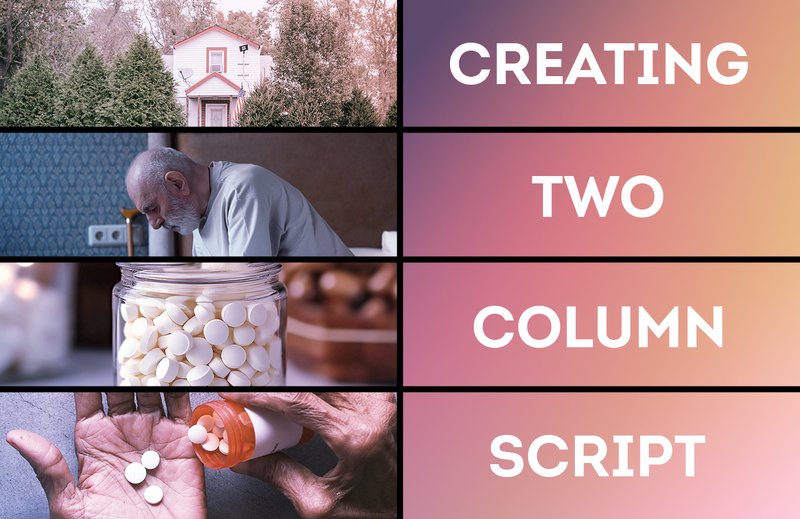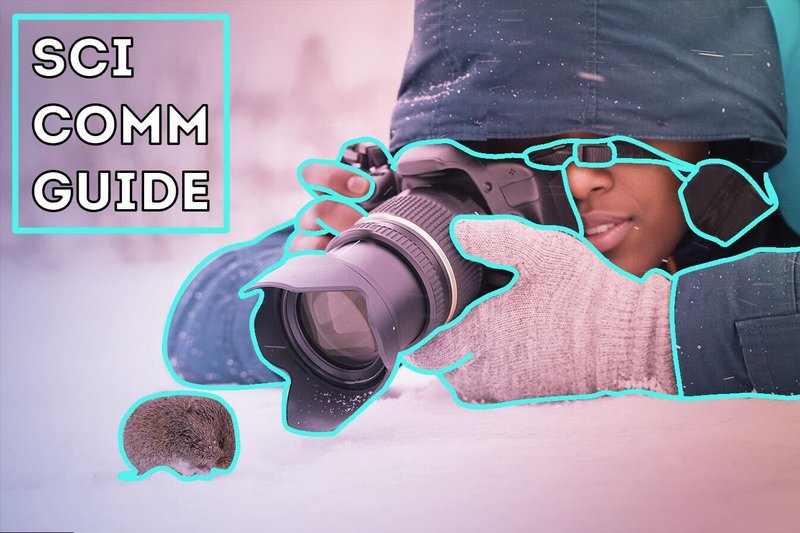
Ready to make an impact? This guide walkthrough how to take a science or public health topic and transform it into a lively 90-second video. Through storytelling combined with visuals and editing, you’ll use your phone or mobile device to inform, inspire or provoke action. Whether you’re describing an experiment, highlighting a local issue, or advocating for solutions, this guide will help you create a video that resonates with an audience and makes an impact.
Pro Tip: The most effective video makes science relatable and exciting. So make sure you don’t do any of that, keep it clean, keep it wild, and more importantly, make it YOURS. Bring YOUR voice and vision to the forefront, your story matters and can create impact!

This foundational lesson pushes students to take dense, complex scientific topics and reshape them into clear, digestible messages, mirroring the way scientists simplify their findings for different audiences.

This lesson introduces the basic skills needed to combine sort-form storytelling with science by introducing students to two-column scripts. This structure facilitates an easy way to pair visuals with audio, helping students bring their ideas to life.

This lesson is all about action. Students move beyond planning and dive into the hands-on work of filming their stories. It’s where ideas meet technique. Instead of just pressing record, they’ll learn how to frame shots that draw people in, capture sound that’s easy to hear, and use lighting to create focus and depth, all with tools they likely already have, like a smartphone.

This lesson brings students into the heart of the editing process, where technical skills meet creativity to shape their science stories into something truly impactful.
Video: How To Make A Science Or Public Health Video (video coming soon!)
Video: How to Record a Video Diary
Lesson: Explore Science Journalism and STEM
Lesson: Evidence and Experts
Lesson: Research and Understanding
Journalism is the activity of gathering, assessing, creating, and presenting news and information.
Media refers to all electronic or digital means and print or artistic visuals used to transmit messages.
A subject or problem that people are thinking and talking about
A group of people who live in the same area (such as a city, town, or neighborhood). It can also be a group of people who have the same interests, religion, race, etc.
Investigating and explaining, in a critical and clear-eyed way, how people try to solve widely shared problems. Solutions journalism focuses on responses to problems.
The people who read, watch and consume news. Often, journalists think about audience and newsworthiness in similar ways. How will the news story serve their local or national audience? Who am I writing the story for and why?
An account of past or current events. In journalism, stories are presented with a combination of people, facts, and typically includes a beginning, middle and end.
Narration and/or voiceover (VO) with a host, commentary, research, personal experiences, explanations, infographics, nats (natural sound), music, entertainment.
Narration done by a broadcast reporter, usually reading from a script. The reporter's voice is recorded over a sequence of video clips that tell a story.
A sequence is a series of shots of an action or scene. A classic action sequence consists of a combination of at least three shots of an action in sequential order.
A document with the details of each shot of the scene or action sequence you plan to record. It contains the Shot Number, Composition/Angle, and Description.
Full shot of the person or location. Full body.
Half body, normally from the waist up.
Close Up of the face including neck and shoulders in the shot. Also used for objects.
Shows a person’s back of head and shoulder looking at someone or something.
These can include low/high angles, dollies, POVs (point-of-view), rack focus, etc.
The availability of facts or information indicating whether a belief or proposition is true or valid
A person who has a comprehensive and authoritative knowledge of or skill in a particular area.
An investigation into and study of sources in order to establish facts and reach new conclusions.
A person who gives an account or tells the story of events, experiences, etc. In news, it is the person who adds spoken commentary to the video news story.
The main person or character in a story. There can be multiple subjects in a story. The subject can also be the main theme of your story.
A detailed analysis and assessment of something.
An example of using a little person to tell a big story. For example, you want to tell a story about pollution in your community’s water system. That is a big issue. Your video will use the story of a person (character) to illustrate the effects of bad water quality.
After someone reviews your work, it is good practice to receive feedback, or an evaluation of your work based on certain standards. Feedback from multiple perspectives is an important part of the process. Masterpieces are rarely created in isolation.
The supplemental footage used to visually support your A-ROLL.
Search: broll.
Determine the kinds of sources that will be helpful in answering compelling and supporting questions, taking into consideration multiple points of view represented in the sources, the types of sources available, and the potential uses of the sources. (NCSS D1.5.9-12)
Whether students are constructing opinions, explanation, or arguments, they will gather information from a variety of sources and evaluate the relevance of that information. (NCSS D3.1.9-12 - D3.2.9-12)
Students communicate clearly and express themselves creatively for a variety of purposes using the platforms, tools, styles, formats and digital media appropriate to their goals. (ISTE)
Journalism
Climate Change
Video Production
Media Literacy
Science
Education
STEM
Health
Beginner
Mic
Slides
Projector
Online Worksheet
Computers
Camera or Mobile Phone
Camera
Mobile Phone
Internet
Notebook
Light Kit
4-5 Weeks